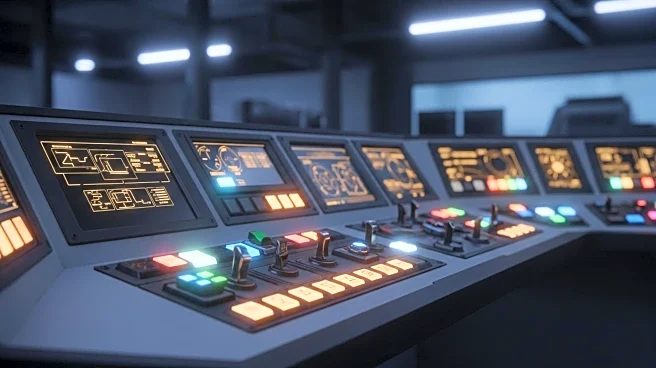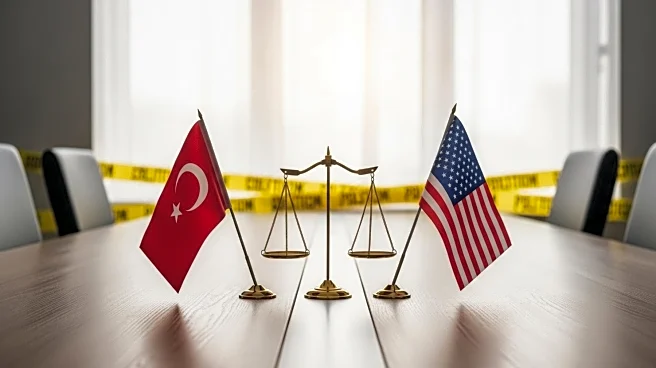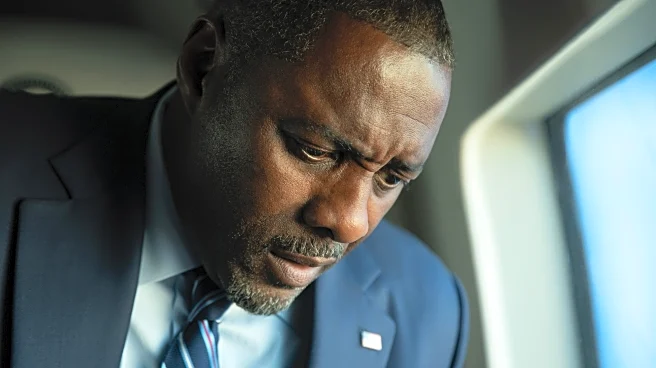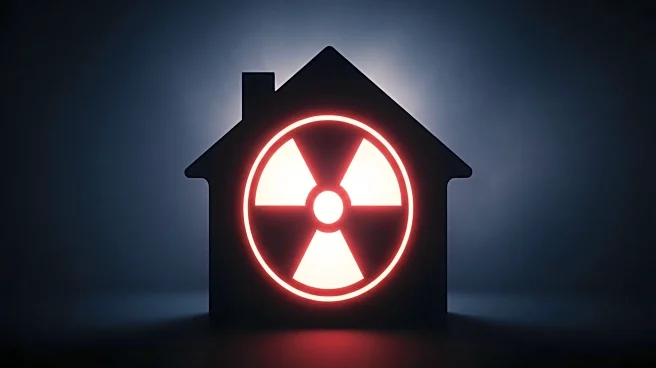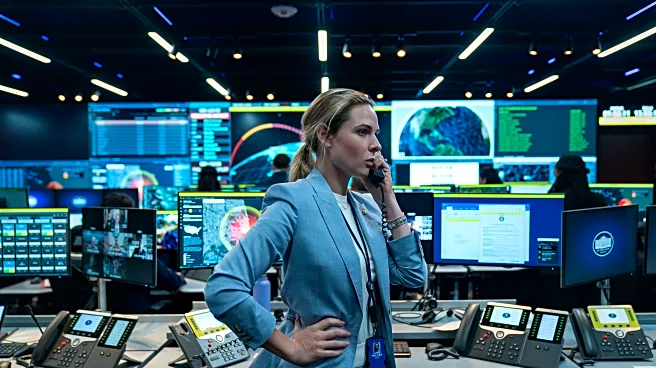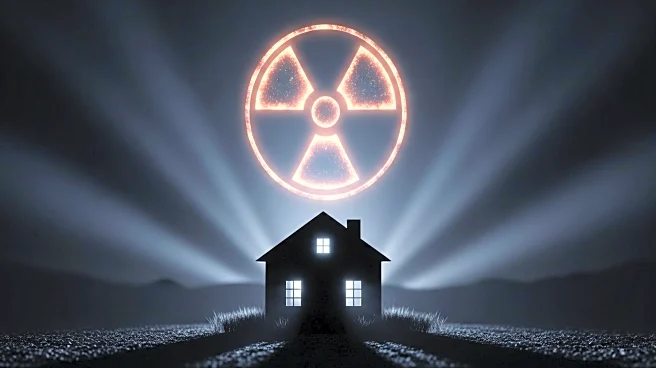What is the story about?
What's Happening?
Kathryn Bigelow's latest film, 'A House of Dynamite,' delves into the critical 18 minutes that U.S. leaders would have to respond to an imminent nuclear strike. The film, set to release in theaters and on Netflix, provides a detailed look inside the White House Situation Room and U.S. Strategic Command during such a crisis. Bigelow, known for her works on military and geopolitical themes, collaborated with journalist and screenwriter Noah Oppenheim to create a narrative that explores the decision-making process from multiple perspectives, including missile defense and the U.S. president. The film aims to humanize the individuals involved in these high-stakes decisions, portraying them as real people with personal lives and challenges.
Why It's Important?
The film highlights the ongoing threat of nuclear weapons and the limited time leaders have to make life-altering decisions. By focusing on the human element, 'A House of Dynamite' underscores the complexity and gravity of nuclear decision-making. The film serves as a reminder of the persistent nuclear threat and the importance of non-proliferation efforts. It also raises questions about the preparedness of leaders to handle such crises, as the president is often the final decision-maker despite limited training in nuclear scenarios. This portrayal could influence public discourse on nuclear policy and the need for comprehensive training for those in power.
What's Next?
As the film reaches audiences, it may spark discussions on nuclear policy and the adequacy of current protocols. Stakeholders in government and defense sectors might face increased scrutiny regarding their preparedness for nuclear threats. The film could also influence public opinion, potentially leading to calls for policy changes or increased transparency in nuclear decision-making processes. Additionally, the film's release may prompt further exploration of the ethical and strategic dimensions of nuclear deterrence and response.
Beyond the Headlines
The film's non-partisan approach and focus on humanizing the decision-makers could lead to a broader understanding of the complexities involved in nuclear crisis management. By not specifying the aggressor, the film emphasizes the universal nature of the threat and the shared responsibility of all nations to prevent nuclear conflict. This perspective may encourage international dialogue on nuclear disarmament and cooperation.
AI Generated Content
Do you find this article useful?
